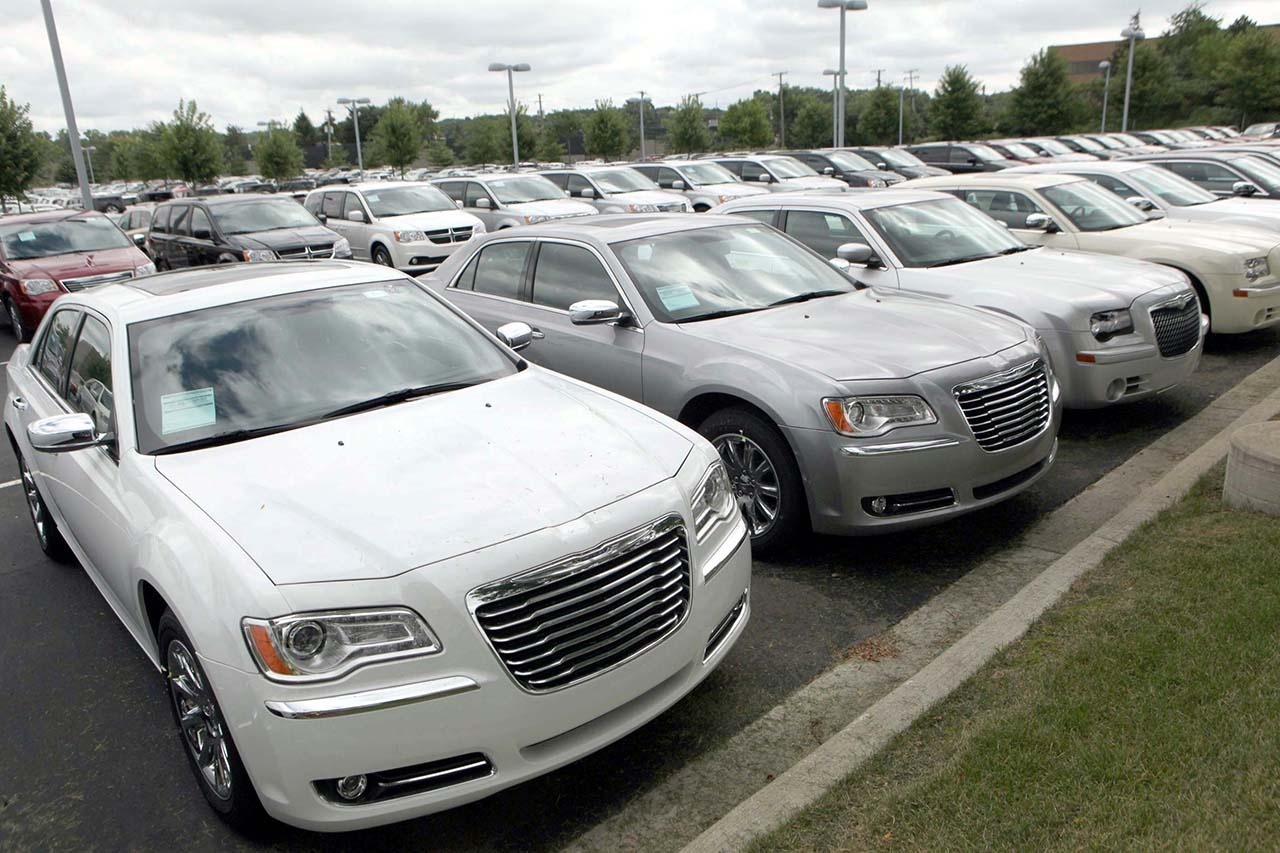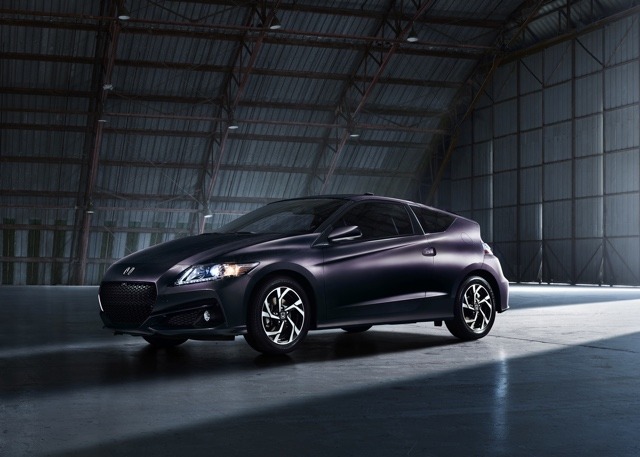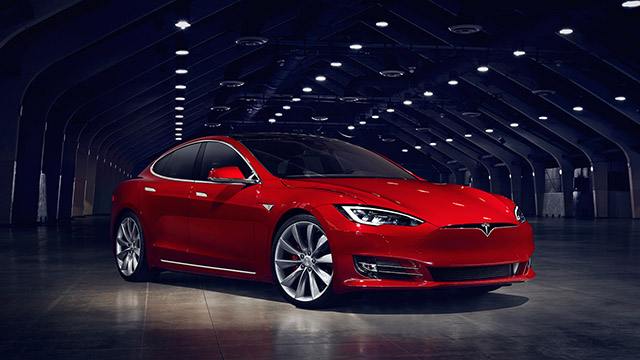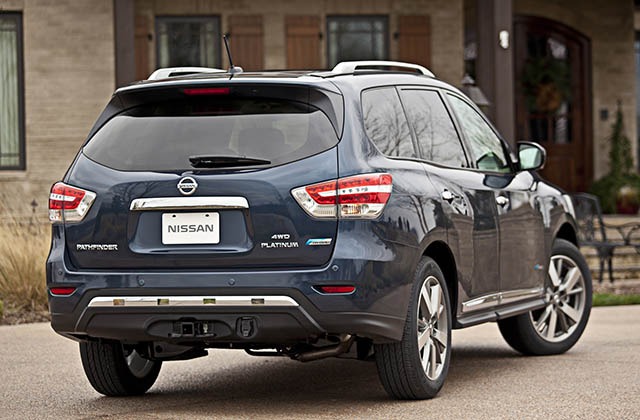Search the Community
Showing results for tags 'ending'.
-

The Run of Near-Record Sales Appears to be Ending
William Maley posted an article in Automotive Industry
2018 saw a continuation of near-record sales and large profits for automakers in the U.S., but that appears to be coming to an end. Bloomberg reports various factors are conspiring to end this trend such as increasing interest rates and the average price of a new vehicle hitting record highs. While some may point out that 2018 saw a 0.3 percent increase in vehicle deliveries (17.6 million according to AutoData), analysts point that this is due to the tax cuts brought by President Donald Trump last year and automakers selling more vehicles to fleets. Charlie Chesbrough, senior economist at Cox Automotive said that the big U.S. automakers saw deliveries fall at a faster rate "in the last three months of the year than for all of 2018." "For some automakers, the slowdown has already begun,” said Chesbrough. Look at General Motors as an example. For the fourth quarter, GM reported a 2.7 percent drop in sales - 785,229 vs. 806,739 for 2017. “We’ve had a gradually declining trend on retail even with the tax changes. That’s the kind of trajectory we would anticipate given continued headwinds on the economic side,” said Emily Kolinski Morris, Ford’s chief economist. What are we expecting in terms of sales for the coming year? It seems everyone agrees that it will be at or under 17 million vehicles, but estimates vary widely with one predicting 16.5 million due to reductions in fleet purchases. Executives are quick to caution that sales won't implode this year. Scott Keogh, president and chief executive officer of Volkswagen of America said on a conference call that unemployment is low and consumer confidence is high. But the issue uncertainty with Keogh saying consumers are watching "interest rates rise and are wary of what’s been a volatile stock market of late." “When the headlines say that the market has had the worst falloff since 2008, that will rattle consumer confidence,” he said. Source: Bloomberg (Subscription Required) -
2018 saw a continuation of near-record sales and large profits for automakers in the U.S., but that appears to be coming to an end. Bloomberg reports various factors are conspiring to end this trend such as increasing interest rates and the average price of a new vehicle hitting record highs. While some may point out that 2018 saw a 0.3 percent increase in vehicle deliveries (17.6 million according to AutoData), analysts point that this is due to the tax cuts brought by President Donald Trump last year and automakers selling more vehicles to fleets. Charlie Chesbrough, senior economist at Cox Automotive said that the big U.S. automakers saw deliveries fall at a faster rate "in the last three months of the year than for all of 2018." "For some automakers, the slowdown has already begun,” said Chesbrough. Look at General Motors as an example. For the fourth quarter, GM reported a 2.7 percent drop in sales - 785,229 vs. 806,739 for 2017. “We’ve had a gradually declining trend on retail even with the tax changes. That’s the kind of trajectory we would anticipate given continued headwinds on the economic side,” said Emily Kolinski Morris, Ford’s chief economist. What are we expecting in terms of sales for the coming year? It seems everyone agrees that it will be at or under 17 million vehicles, but estimates vary widely with one predicting 16.5 million due to reductions in fleet purchases. Executives are quick to caution that sales won't implode this year. Scott Keogh, president and chief executive officer of Volkswagen of America said on a conference call that unemployment is low and consumer confidence is high. But the issue uncertainty with Keogh saying consumers are watching "interest rates rise and are wary of what’s been a volatile stock market of late." “When the headlines say that the market has had the worst falloff since 2008, that will rattle consumer confidence,” he said. Source: Bloomberg (Subscription Required) View full article
-
Honda has quietly announced that the CR-Z would be done after the 2016 model year. Car and Driver received a statement from the automaker that said they will “discontinue CR-Z this year [2016]” as it “significantly expand its sales of electrified vehicles with the addition of two new volume models.” Those models in question are the 2017 Accord Hybrid and upcoming Clarity range. The CR-Z was launched in 2010 as a 2011 model. The vehicle never really found traction in terms of sales. Its best year was in 2011 with 11,330 models sold. In 2015, Honda only moved 3,073 CR-Zs. Part of the reason dealt with the hybrid powertrain. The CR-Z used Honda's IMA hybrid system that produced 130 horsepower and 140 pound-feet of torque (the CVT saw torque drop to 127). This made CR-Z slow. It didn't help the CR-Z didn't fare so well with fuel economy numbers. The EPA rated the CR-Z manual at 31 City/38 Highway/34 Combined. Source: Car and Driver
- 9 comments
-
- 2017 model year
- ceasing
-
(and 5 more)
Tagged with:
-
After September 24th, Tesla will end production of the rear-wheel drive Model S 75. The model is the cheapest way to get into the Model S with a base price of $69,500. After the 24th, the Model S 75D with its dual motor AWD setup will become the entry-level model with a base price $74,500. This will leave the Model 3 as the only Tesla model that is available with RWD. This news was first broke by Electrek back in July, although no official end date was given. We can see a couple of reasons for Tesla dropping the RWD Model S 75. One is to help streamline production line and hopefully get more vehicles out. It also gives further differentiation between the Model 3 and Model S. Source: Roadshow, Electrek View full article
-
After September 24th, Tesla will end production of the rear-wheel drive Model S 75. The model is the cheapest way to get into the Model S with a base price of $69,500. After the 24th, the Model S 75D with its dual motor AWD setup will become the entry-level model with a base price $74,500. This will leave the Model 3 as the only Tesla model that is available with RWD. This news was first broke by Electrek back in July, although no official end date was given. We can see a couple of reasons for Tesla dropping the RWD Model S 75. One is to help streamline production line and hopefully get more vehicles out. It also gives further differentiation between the Model 3 and Model S. Source: Roadshow, Electrek
-
Honda has quietly announced that the CR-Z would be done after the 2016 model year. Car and Driver received a statement from the automaker that said they will “discontinue CR-Z this year [2016]” as it “significantly expand its sales of electrified vehicles with the addition of two new volume models.” Those models in question are the 2017 Accord Hybrid and upcoming Clarity range. The CR-Z was launched in 2010 as a 2011 model. The vehicle never really found traction in terms of sales. Its best year was in 2011 with 11,330 models sold. In 2015, Honda only moved 3,073 CR-Zs. Part of the reason dealt with the hybrid powertrain. The CR-Z used Honda's IMA hybrid system that produced 130 horsepower and 140 pound-feet of torque (the CVT saw torque drop to 127). This made CR-Z slow. It didn't help the CR-Z didn't fare so well with fuel economy numbers. The EPA rated the CR-Z manual at 31 City/38 Highway/34 Combined. Source: Car and Driver View full article
- 9 replies
-
- 2017 model year
- ceasing
-
(and 5 more)
Tagged with:
-
Nissan was the first automaker to offer hybrid version of their 7-seat crossovers, the Pathfinder and Infiniti QX60 Hybrids. It now seems they are first one to kill off their hybrid crossovers. Green Car Reports found out that if you visit the Pathfinder Hybrid page, you are shown a message that says the "Pathfinder Hybrid is no longer available". When asked for comment, Nissan's senior communications manager Dan Passe said, "Pathfinder Hybrid is no longer on sale at Nissan dealers. Nissan is focusing its manufacturing, marketing, and dealer resources on the 3.5-liter V6-powered Pathfinder, which achieves up to 27 highway miles per gallon." No reason was given as to why the Pathfinder/QX60 Hybrids were shown the door, but we would guess it comes down to poor sales. Considering that hybrid version only achieved 3 MPG better on the combined cycle compared to the standard model, many buyers just didn't see why they should spend an extra $3,000 for it. Source: Green Car Reports View full article
- 12 replies
-
Nissan was the first automaker to offer hybrid version of their 7-seat crossovers, the Pathfinder and Infiniti QX60 Hybrids. It now seems they are first one to kill off their hybrid crossovers. Green Car Reports found out that if you visit the Pathfinder Hybrid page, you are shown a message that says the "Pathfinder Hybrid is no longer available". When asked for comment, Nissan's senior communications manager Dan Passe said, "Pathfinder Hybrid is no longer on sale at Nissan dealers. Nissan is focusing its manufacturing, marketing, and dealer resources on the 3.5-liter V6-powered Pathfinder, which achieves up to 27 highway miles per gallon." No reason was given as to why the Pathfinder/QX60 Hybrids were shown the door, but we would guess it comes down to poor sales. Considering that hybrid version only achieved 3 MPG better on the combined cycle compared to the standard model, many buyers just didn't see why they should spend an extra $3,000 for it. Source: Green Car Reports
- 12 comments





